The Dark Side of Luxury: 2025’s “Made in Italy” Labor Exploitation Scandals
- Eleanor Vale

- Aug 13
- 4 min read

Luxury fashion sells more than clothes. It sells a story—heritage, craftsmanship, exclusivity, and uncompromising standards. But in 2025, that carefully constructed narrative was shattered when some of the world’s most prestigious brands were exposed for shocking labor exploitation in their supply chains.
From Loro Piana to Armani, Dior, Valentino, and Alviero Martini, Italian authorities and investigative journalists revealed that the “Made in Italy” label—once synonymous with artisanal pride—can hide an ugly truth: long hours, poverty wages, and inhumane working conditions.
“Made in Italy” – A Label Under Fire
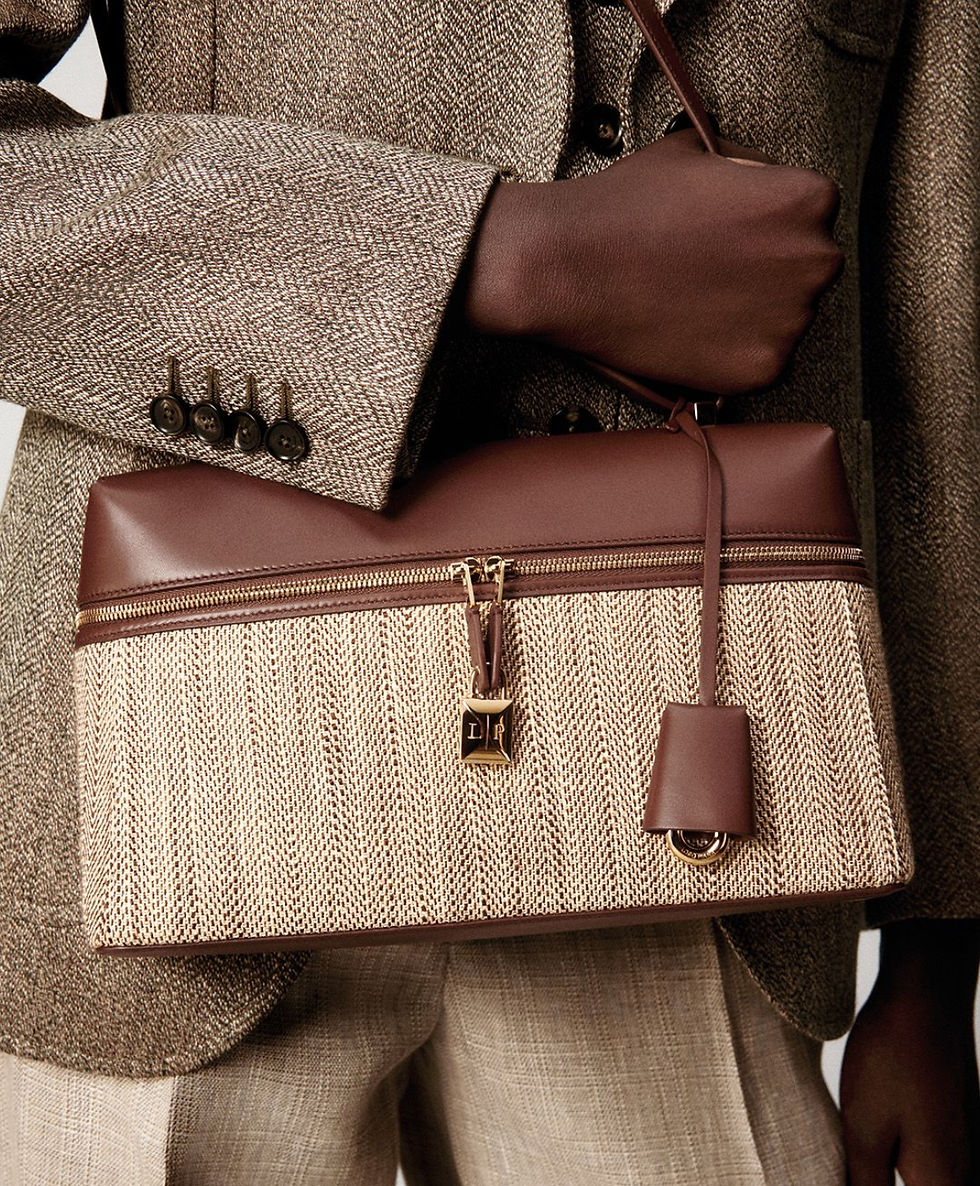
For decades, “Made in Italy” has been one of fashion’s most powerful marketing tools. It evokes images of Tuscan leather workshops, Milanese tailoring houses, and master artisans whose skills have been passed down through generations.
But in reality, parts of Italy’s fashion industry have quietly relied on subcontracting work to low-paid migrant laborers, often in unregulated factories hidden in industrial zones. In some cases, these factories are within Italy’s borders but operate under sweatshop conditions—exploiting legal loopholes and weak enforcement.
The 2025 Loro Piana Scandal
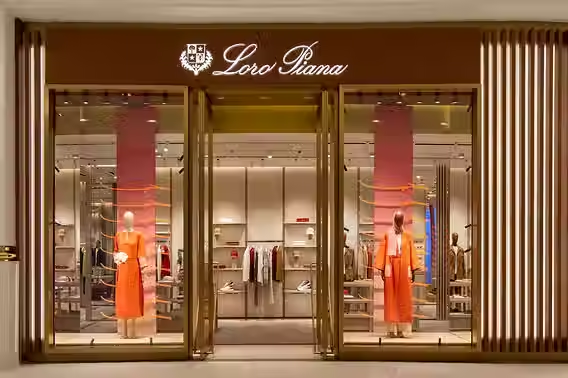
The most shocking case of 2025 involved Loro Piana, a high-end brand owned by LVMH and known for its ultra-luxury cashmere and “quiet luxury” aesthetic.
Judicial Administration: A Milan court placed Loro Piana under judicial administration after authorities discovered severe labor exploitation in its supply chain.
The Reality: Migrant workers were paid as little as €4 an hour, forced to work up to 90 hours a week, and in some cases, lived and slept inside the factories.
The Price Gap: Jackets retailing for €3,000 were produced for just €118, revealing the staggering disparity between cost and retail price.
This scandal hit especially hard because Loro Piana had built its brand identity on purity, craftsmanship, and Italian tradition—values completely undermined by these revelations.
Armani’s €3.5 Million Fine

Shortly after the Loro Piana case, Giorgio Armani S.p.A. was fined €3.5 million by Italy’s consumer protection authority for misleading ethical claims.
The Findings: Armani had outsourced production of leather goods to subcontractors who failed to meet basic health, safety, and labor standards.
Illegal Practices: Investigators found some workers were employed “off the books,” stripping them of legal protections.
The Marketing Disconnect: Despite these conditions, Armani continued to market its products as crafted under ethical and sustainable principles.
Valentino, Dior, and Alviero Martini – More Names Surface
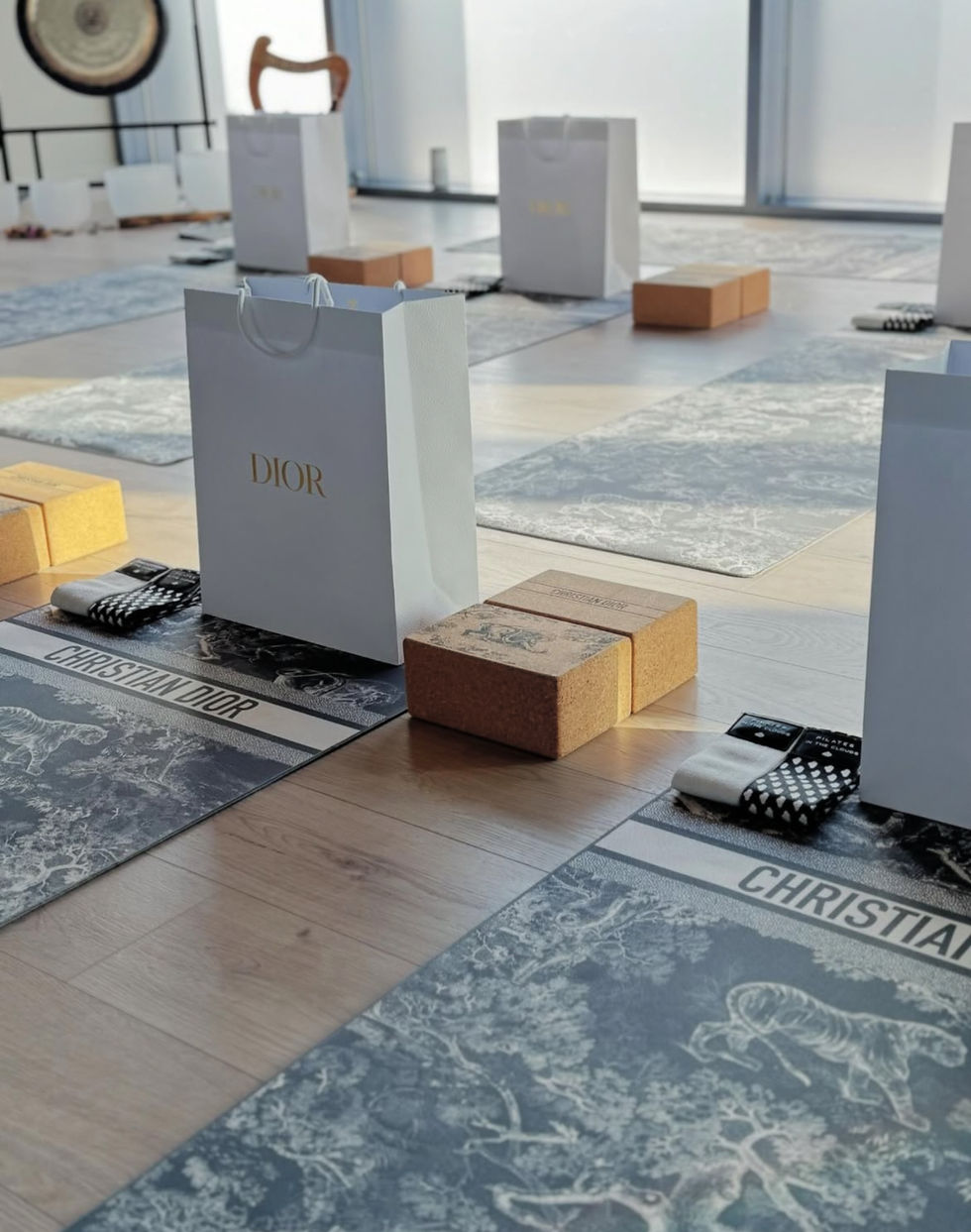
Authorities didn’t stop with Loro Piana and Armani. Investigations into Valentino, Dior, and Alviero Martini revealed similar issues:
Bags retailing for €2,600 were produced for as little as €53–€93.
Overworked migrant laborers, often without proper contracts, produced goods under time pressures incompatible with true craftsmanship.
While not all brands faced direct legal penalties, the reputational damage was significant—especially in a market increasingly concerned with ethical fashion.
The Transparency Problem in Luxury Fashion
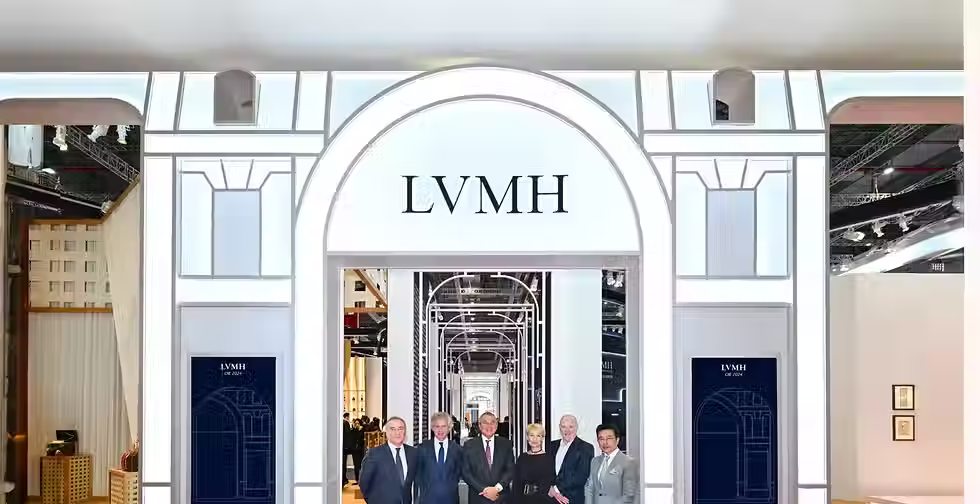
The KnowTheChain 2024–2025 benchmark scored most luxury brands shockingly low for their efforts to eliminate forced labor:
LVMH: 6/100
Prada: 9/100
Kering (parent of Gucci, Saint Laurent, Bottega Veneta): 23/100
Only a fraction of brands disclosed even the first tier of their suppliers. Many kept their manufacturing chains deliberately opaque, making it nearly impossible for consumers to know the conditions under which their clothes were made.
The Marketing Illusion vs. The Reality
Luxury marketing leans heavily on images of artisanal workshops, slow production, and heritage. But the scandals of 2025 show that luxury prices do not guarantee luxury ethics.
Here’s the uncomfortable truth:
The same outsourcing model used by fast fashion often exists in luxury fashion—just with higher markups and better storytelling.
“Made in Italy” can mean the last button was sewn on in Italy, while the rest of the garment’s life cycle happened elsewhere—or in unregulated factories within Italy itself.
Migrant exploitation in Italy’s fashion districts has been documented for years, but 2025 brought unprecedented public attention to it.
Legal and Industry Responses: New Legislation
EU Corporate Sustainability Due Diligence Directive: Now requires fashion brands to map and address human rights risks in their supply chains.
Italy’s Supplier “Green List”: A voluntary registry for companies vetted for labor compliance. Critics warn it lacks legal enforcement.
Why This Matters for Ethical Fashion
This isn’t just about scandal—it’s about systemic change. Every euro spent on a luxury product made under exploitative conditions reinforces a broken system. But the opposite is also true: supporting brands with transparent, ethical practices creates demand for change.
Key Takeaways for Consumers:
Don’t trust the label alone – “Made in Italy” or a high price tag is not proof of fair labor.
Research before buying – Look for brands that publish their full supplier lists and audit reports.
Consider slow fashion alternatives – Independent designers and certified ethical brands often have more transparent practices than billion-dollar luxury conglomerates.
Ask questions – Email brands, comment on their social media, and demand supply chain clarity.
Where Luxury Goes From Here
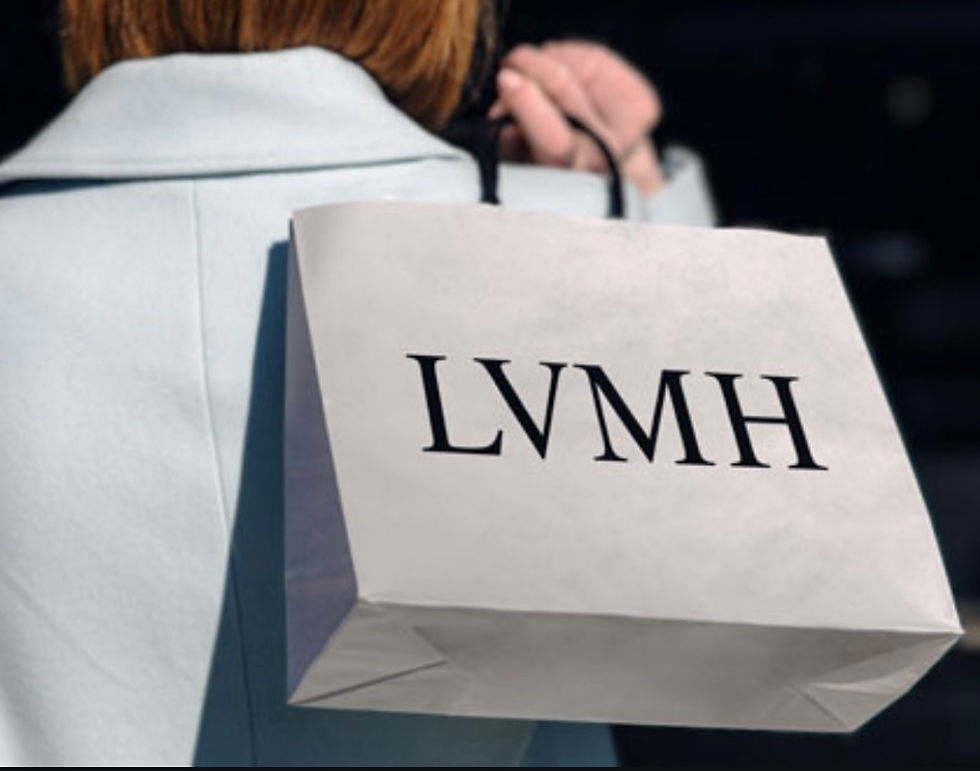
The 2025 scandals will likely push more brands to audit their supply chains, but without sustained pressure—from journalists, regulators, and consumers—progress will be slow. Some industry insiders predict a rise in traceability tech like blockchain tagging, while others believe that only legally enforced supplier accountability will make a real difference.
Final Word
Luxury should mean more than a logo or a price tag. True luxury honors both the artistry of the product and the dignity of the people who make it.
In 2025, we learned that behind some of fashion’s most glamorous storefronts lies a story of exploitation. The next chapter depends on all of us—choosing carefully, demanding transparency, and refusing to accept marketing illusions in place of ethical reality.
Visit Fashionhumble.com and sign up to our weekly HUMBLE Journal to receive more fashion insights and slow fashion edits today!
